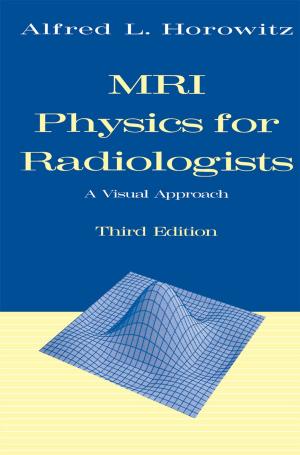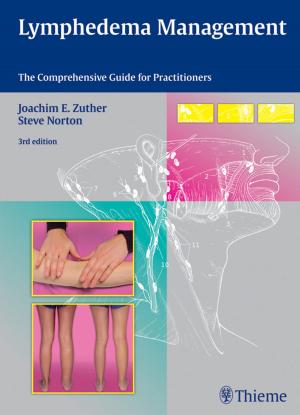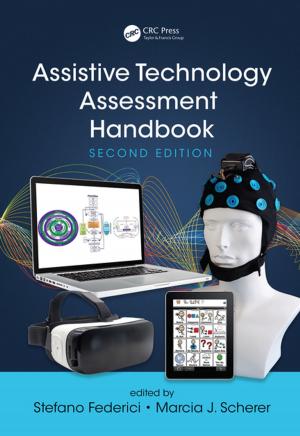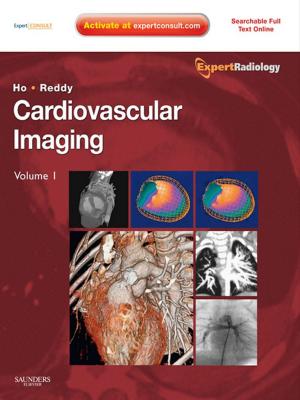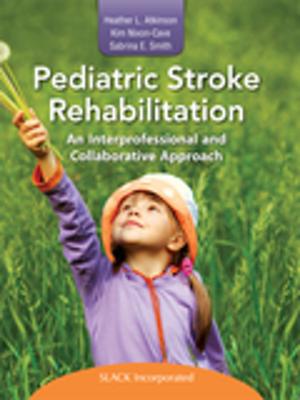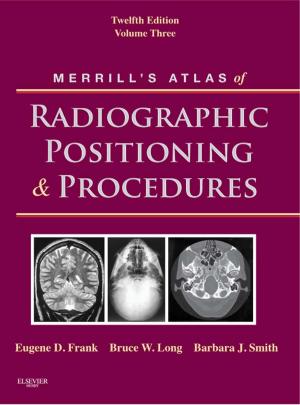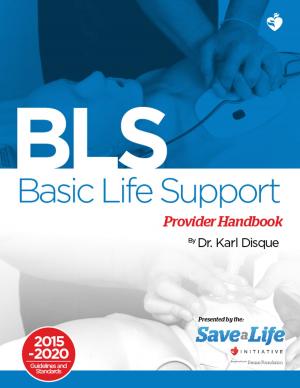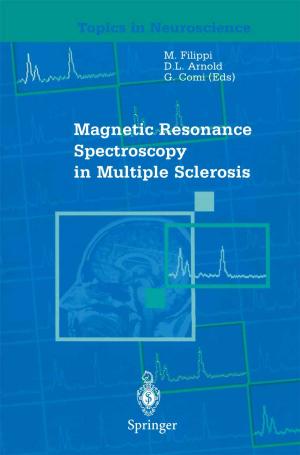Pain
The person, the science, the clinical interface
Nonfiction, Health & Well Being, Medical, Patient Care, Pain Medicine, Allied Health Services| Author: | Patricia J Armati, Roberta T Chow | ISBN: | 9780992518110 |
| Publisher: | IP Communications | Publication: | April 10, 2015 |
| Imprint: | Language: | English |
| Author: | Patricia J Armati, Roberta T Chow |
| ISBN: | 9780992518110 |
| Publisher: | IP Communications |
| Publication: | April 10, 2015 |
| Imprint: | |
| Language: | English |
At some time, every person experiences pain; it is a signal that demands attention. Pain cannot be seen, heard, touched, or measured. Assessing, diagnosing, and treating each person’s pain is, thus, a very personal and individual experience. A person’s pain can lead to a tsunami of events at the personal and professional level, while a single painful event rarely affects only the person.
The person with pain is the centrepiece of this book. To emphasise the personal and individual nature of pain and its consequences at all levels – the person, families, friends, communities, and health budgets in all countries – the person with pain remains the focus and the recurrent theme.
Three sections - the person, the science, and the clinical interface – and eighteen chapters comprise the book. The theme of Australia’s (2010) National Pain Strategy provides a roadmap, but chapters present information in an international context. Individual chapters may be read or the book may be read cover-to-cover.
The great hope of the not-too-distant future is the possibility of personalised pain treatment. Personalised pain regimes would assess underlying pathophysiology, genetics, phenotypic variation, and probably factors as yet undefined. Ultimately, pain involves the nervous system and interpretation of the phenomenon of pain at the cortical level. As the functional complexity of the human nervous system is revealed, in concert with the BRAIN initiative of US President Obama, the person in pain of the future may look forward to improved treatment. The chapter in the book on fMRI provides a basis for this optimism.
Written by internationally-recognised experts in their fields, the book will provide a different focus, a focus on the person with pain, from most books on pain, and will prove invaluable to pain teams, medical specialists, psychologists, nurses, physiotherapists, and other health professionals, around the world.
About the Authors:
Patricia J Armati (BSc MSc PhD) is Honorary Professor in Neuroscience in the Central Clinical School, The University of Sydney, and Mind and Brain Institute of The University of Sydney, with a long-standing interest in the relationship between neurons and neuroglia.
Roberta T Chow (MBBS (Hons) FRACGP PhD) is a general practitioner in private practice in Sydney, specialising in pain medicine at a primary-care level, and an Honorary Research Associate at the Brain and Mind Institute of The University of Sydney.
At some time, every person experiences pain; it is a signal that demands attention. Pain cannot be seen, heard, touched, or measured. Assessing, diagnosing, and treating each person’s pain is, thus, a very personal and individual experience. A person’s pain can lead to a tsunami of events at the personal and professional level, while a single painful event rarely affects only the person.
The person with pain is the centrepiece of this book. To emphasise the personal and individual nature of pain and its consequences at all levels – the person, families, friends, communities, and health budgets in all countries – the person with pain remains the focus and the recurrent theme.
Three sections - the person, the science, and the clinical interface – and eighteen chapters comprise the book. The theme of Australia’s (2010) National Pain Strategy provides a roadmap, but chapters present information in an international context. Individual chapters may be read or the book may be read cover-to-cover.
The great hope of the not-too-distant future is the possibility of personalised pain treatment. Personalised pain regimes would assess underlying pathophysiology, genetics, phenotypic variation, and probably factors as yet undefined. Ultimately, pain involves the nervous system and interpretation of the phenomenon of pain at the cortical level. As the functional complexity of the human nervous system is revealed, in concert with the BRAIN initiative of US President Obama, the person in pain of the future may look forward to improved treatment. The chapter in the book on fMRI provides a basis for this optimism.
Written by internationally-recognised experts in their fields, the book will provide a different focus, a focus on the person with pain, from most books on pain, and will prove invaluable to pain teams, medical specialists, psychologists, nurses, physiotherapists, and other health professionals, around the world.
About the Authors:
Patricia J Armati (BSc MSc PhD) is Honorary Professor in Neuroscience in the Central Clinical School, The University of Sydney, and Mind and Brain Institute of The University of Sydney, with a long-standing interest in the relationship between neurons and neuroglia.
Roberta T Chow (MBBS (Hons) FRACGP PhD) is a general practitioner in private practice in Sydney, specialising in pain medicine at a primary-care level, and an Honorary Research Associate at the Brain and Mind Institute of The University of Sydney.

